- Joined
- Jan 4, 2011
- Messages
- 1,332
- Reaction score
- 343


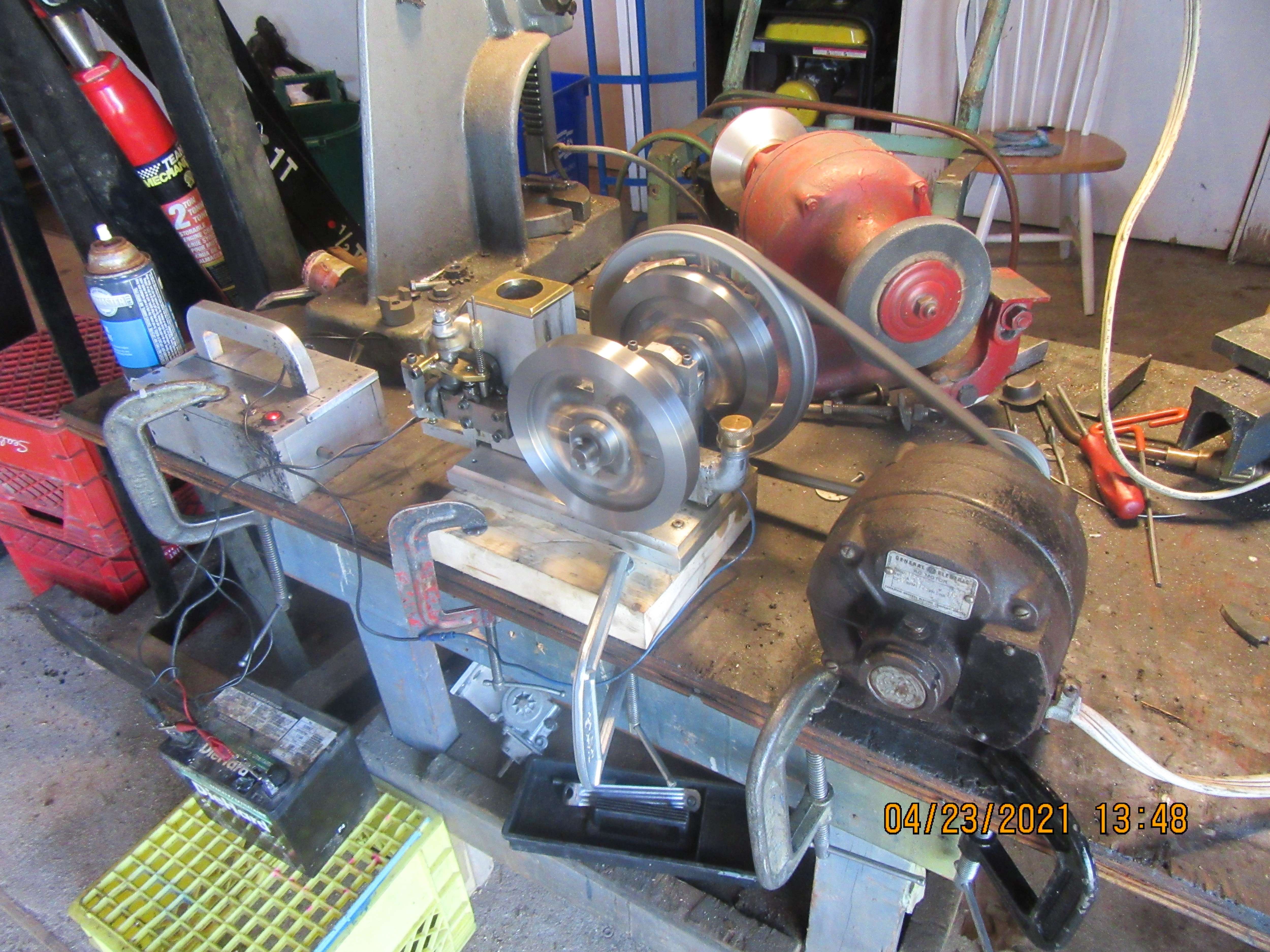
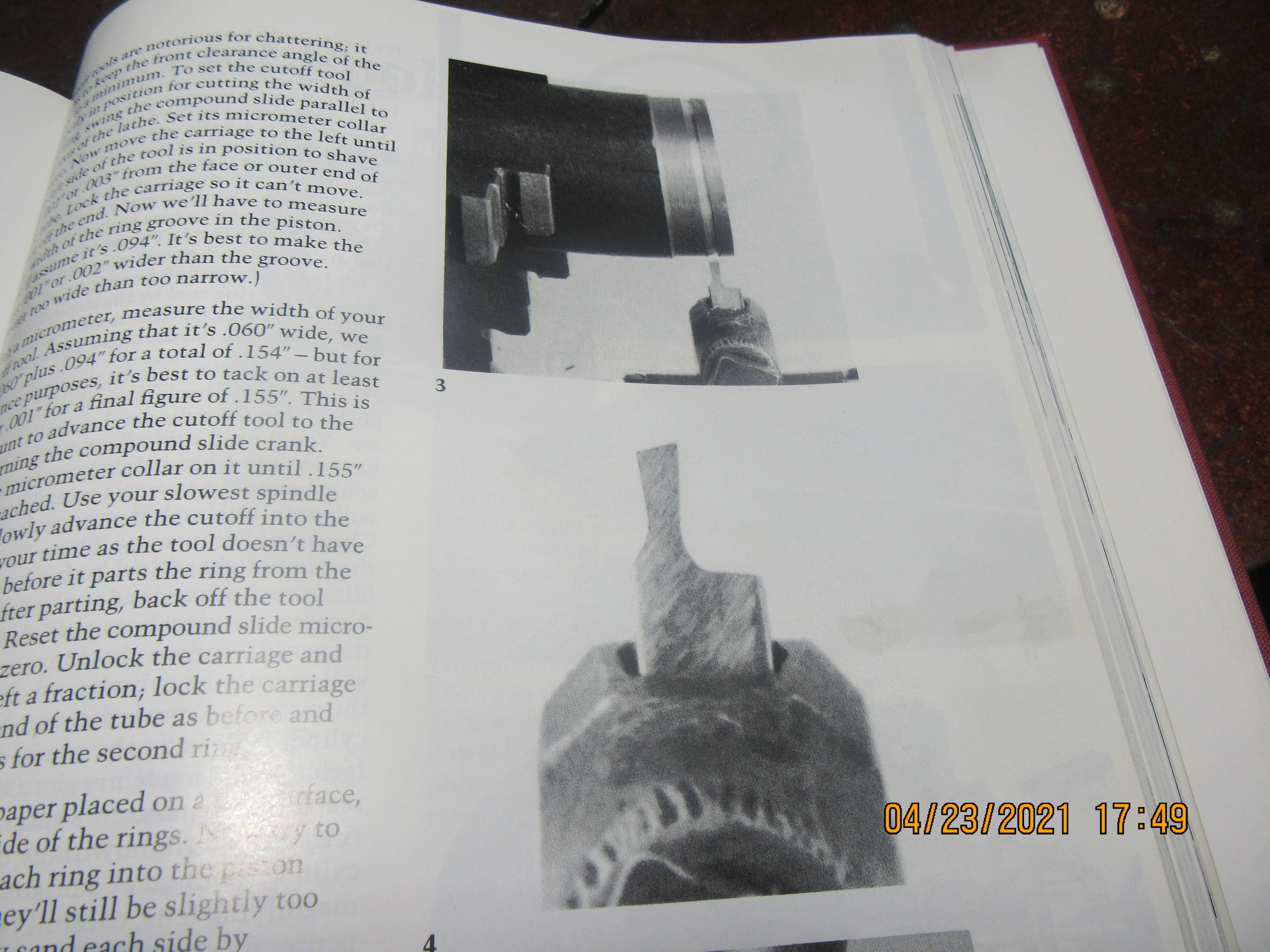
Two pictures here----One shows the set-up in my garage trying to get the motor to fire with it's new piston and rings---didn't work!!---Don't know why yet. Second picture shows a tool ground by Philip Duclos to part rings off with or to cut ring grooves in a piston. Damn----that's a lot harder to do than it looks. I tried to more or less "free hand" such a tool, but it didn't come out nearly as nice as the Duclos tool. Tomorrow I will dummy up some guides on my grinder and try again to grind this tool from HSS.


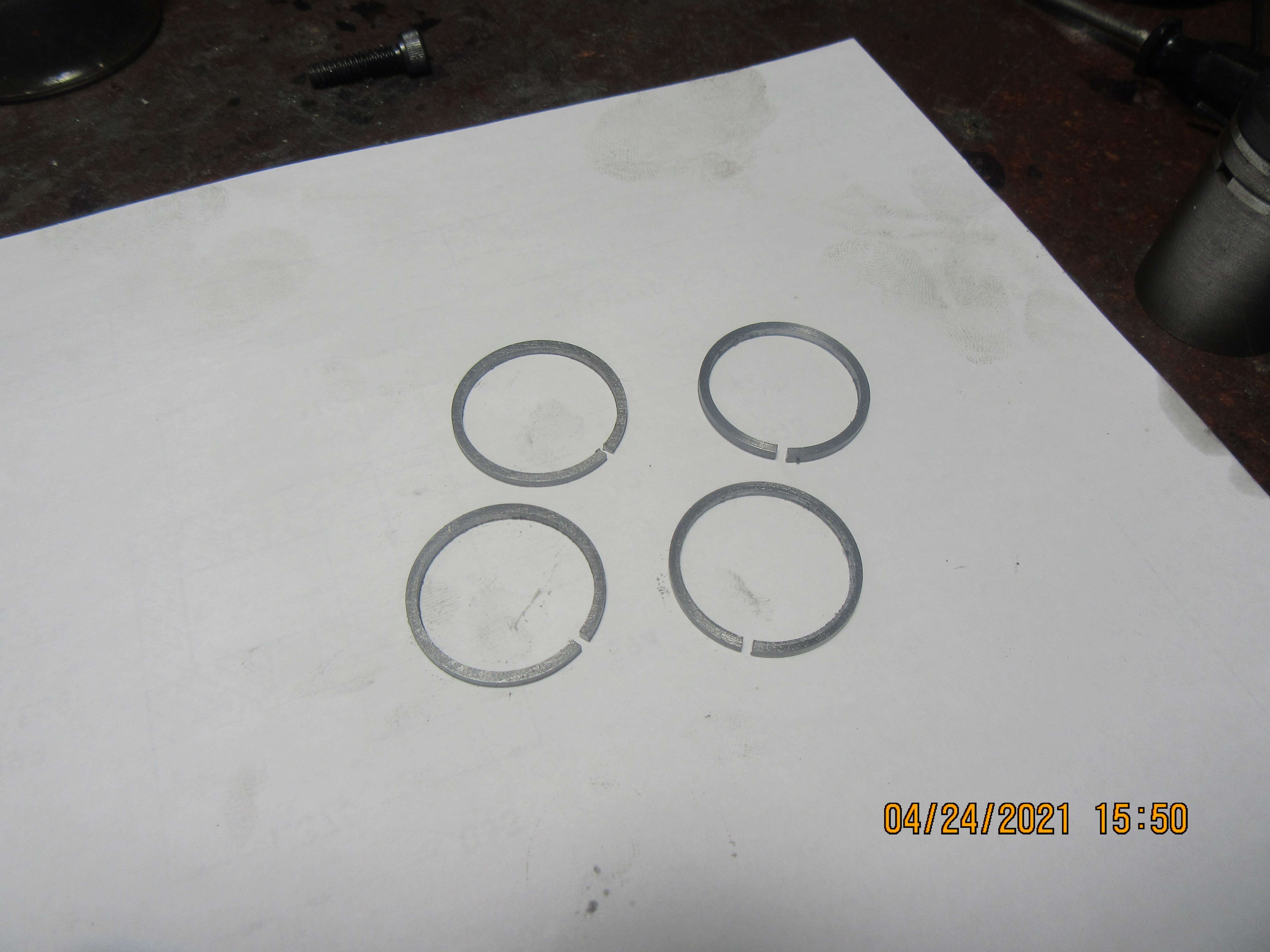
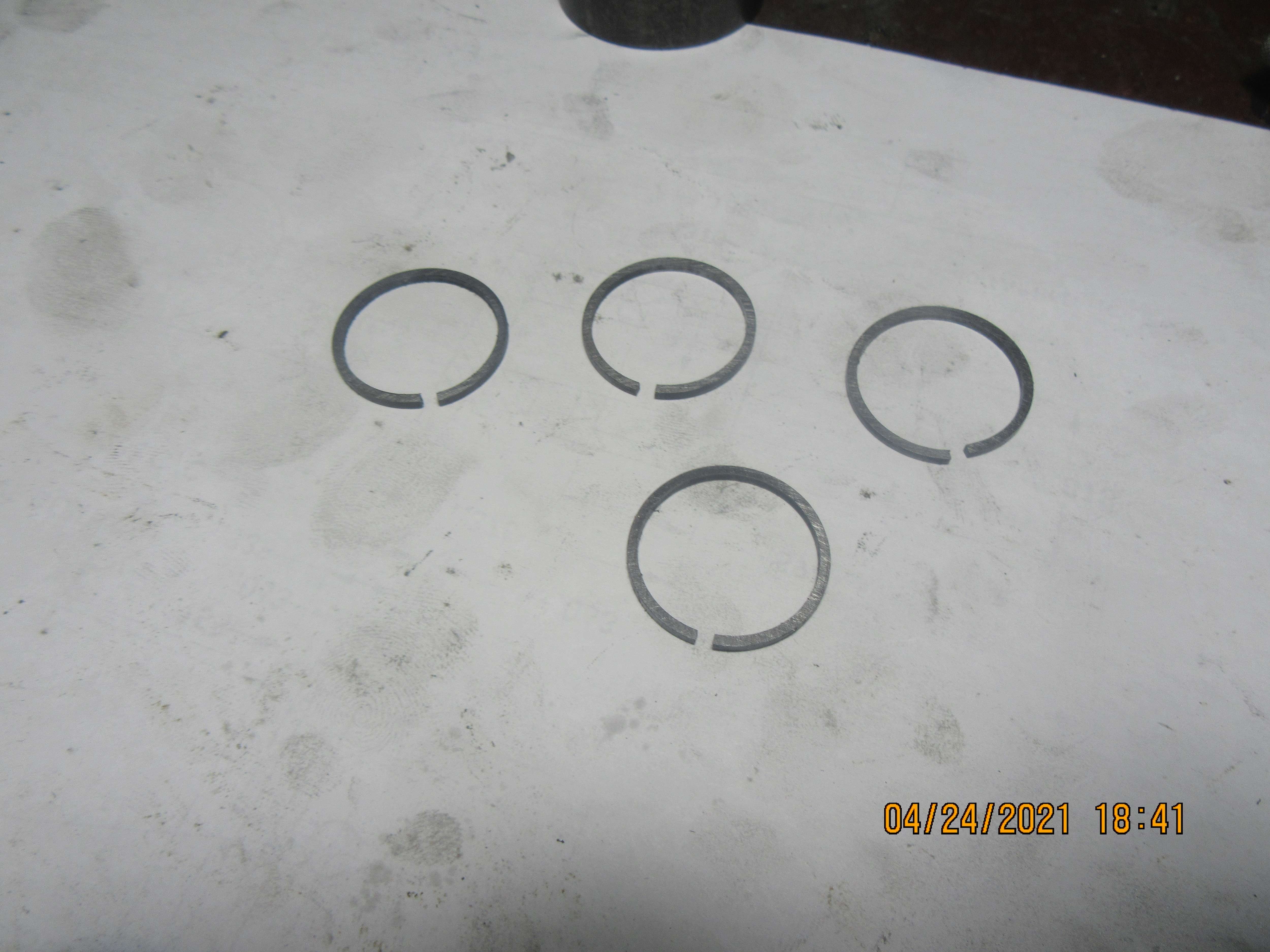
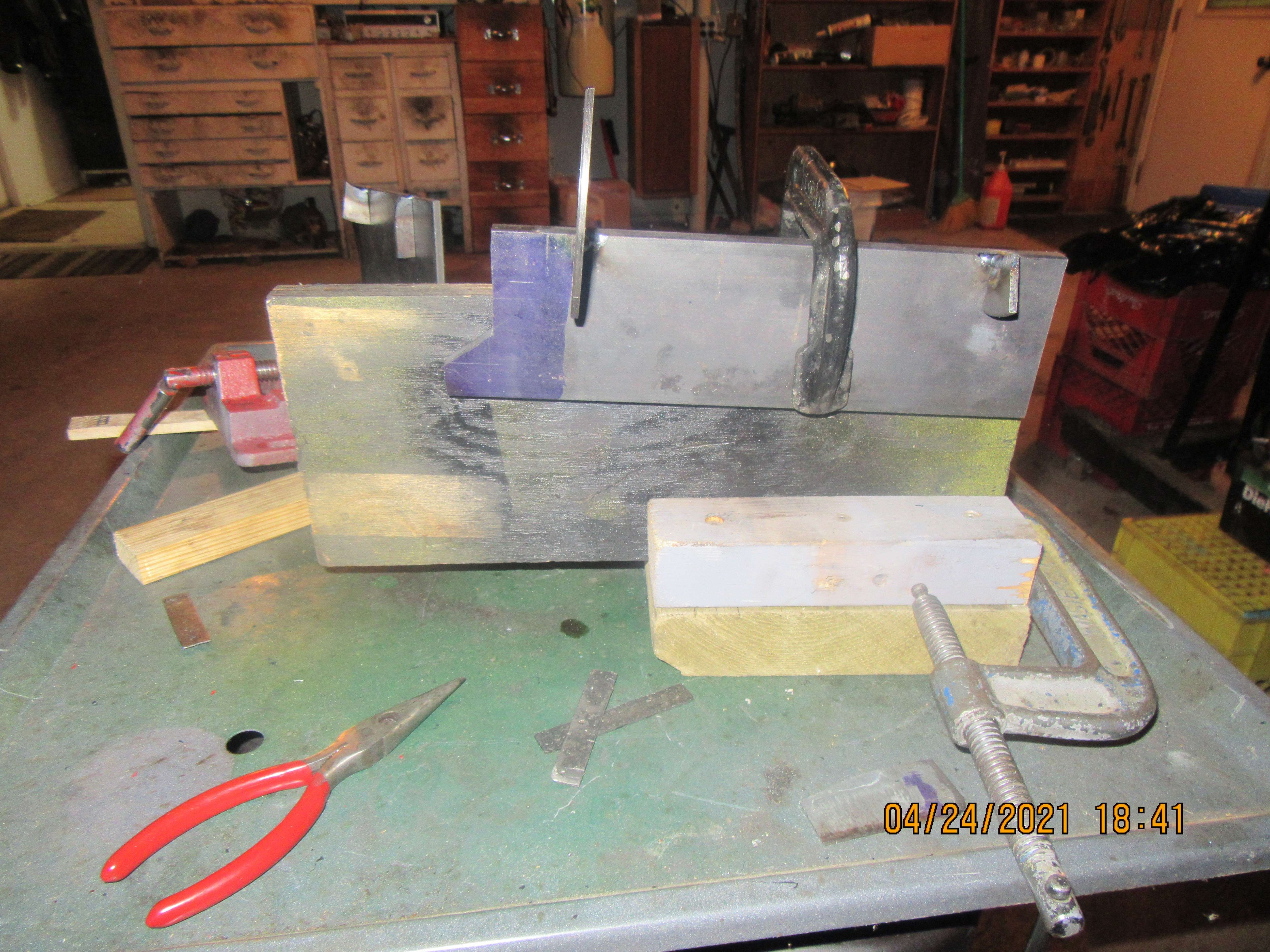
Enter your email address to join: